Two open access reviews portray the widening approach of DNA nanotechnology toward more complex atomically precise systems.
Two open access reviews portray the widening approach of DNA nanotechnology toward more complex atomically precise systems.

A simple DNA scaffold organizes light-collecting molecules for artificial photosynthesis.
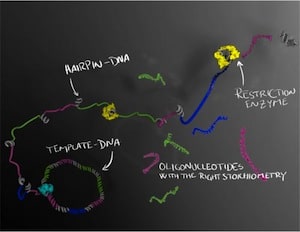
Biotechnology-based isolation and amplification of sequence-verified clones of DNA oligonucleotides will provide longer and less expensive materials for building complex DNA nanostructures and nanomachinery.
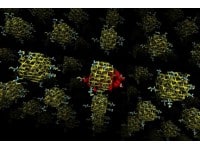
Quantum dots are semiconducting, nanoscale clusters that show electronic characteristics distinct from both bulk-scale materials and single molecules. Their special characteristics make quantum dots attractive for a broad range of potential applications, including photovoltaics and nanoscale transistors. The size and shape of quantum dots impact electrical properties and can therefore be used to tune the… Continue reading Quantum dot conduction impacted by stoichiometry, not dangling bonds
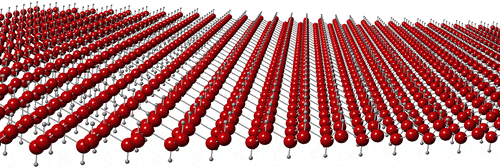
Soon after graphene sheets were being produced on a laboratory scale routinely, researchers began producing the hydrogenated version graphane (with a hydrogen atom on each carbon). This step is one of many approaches aimed at harnessing graphene’s powerful conductivity and is also being explored for hydrogen storage and other potential applications (more info in this… Continue reading Germanane: germanium's answer to graphane
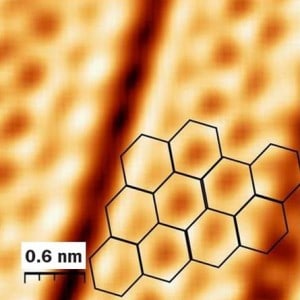
**Updates: July 2014 — Research out of Argonne National Lab suggested that silicene may have never actually been successfully synthesized, rather that spectra indicate a mixture of silicon and silicon-substrate alloy; see article on Phys.org. August 2014 — Research out of Italy suggests that their spectra establish the presence of silicene though not in a… Continue reading Silicene: silicon's answer to graphene
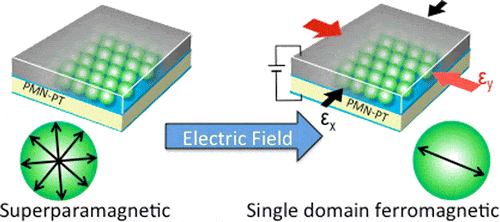
Even though the sound of it is something quite atrocious, superparamagnetism may become a familiar term in the context of nanoscale electronics and devices. Loosely speaking, superparamagnetism is a size-based phenomenon in which materials that are ferromagnetic on the macroscale — meaning predisposed toward strong magnetization at room temperature, such as iron and nickel —… Continue reading Superparamagnetism-explicated-for us
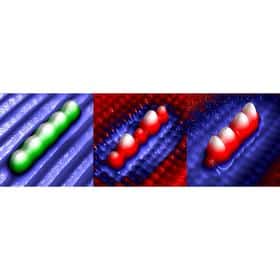
Nanotechnology researchers in London have used a scanning tunneling microscope to create atomically precise quantum states from dangling bonds on a silicon surface.
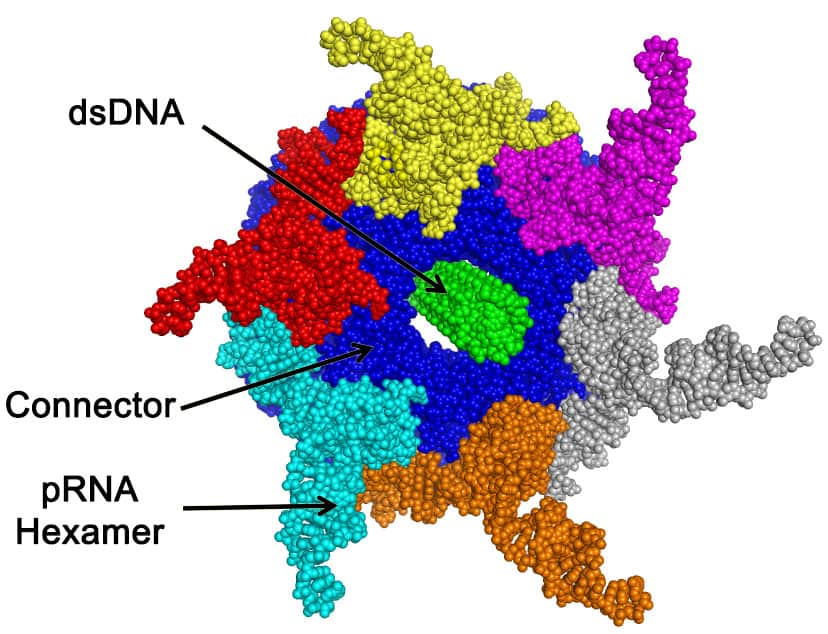
Revolution of DNA around a central channel, rather than rotation, is the method used by a viral molecular motor to package DNA. A structure facilitating bottom-up assembly may lead to roles in nanotechnology for these nanomotors.
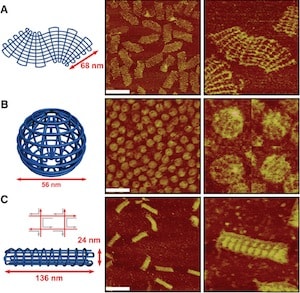
By forcing the geometry of the junctions upon which DNA nanotechnology depends, researchers have increased the collection of 2D and 3D structures that they can build to include wire frames and mesh structures.